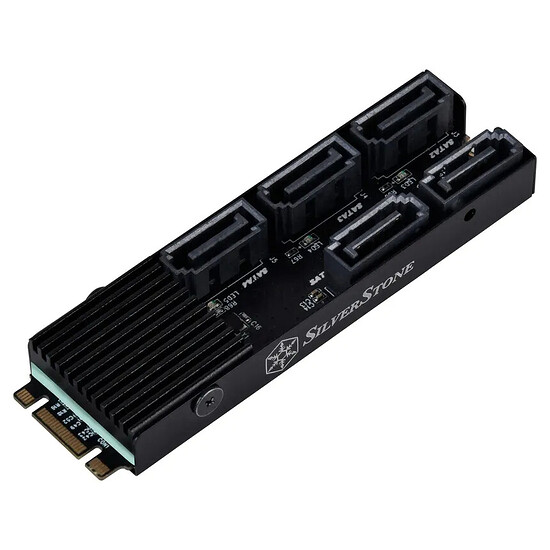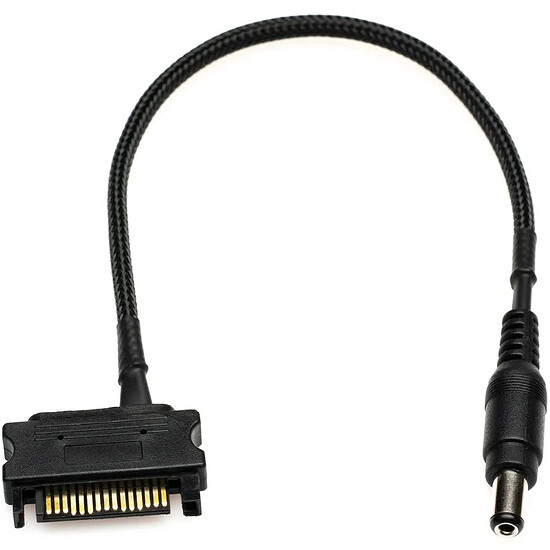For the parts you listed, if you don’t mind the size, I love my Antec P101 Silent (can house 8 drives, was initially supposed to be my NAS and hypervisor build). I don’t like its weight, but that’s because of the TR1950x and Noctua NH-U14S-TR4-SP3 (I think) in it. The case is solid and the build is silent.
I’d go for a seasonic, fsp group or if you can find one, bequiet! 600w 80+ gold psu. Either Toshiba or Seagate ironwolf pros or exos (the exos are a bit louder usually than ironwolf pros). Don’t know what capacity you’re looking for.
Quick question. Do you plan to use this NAS as a storage backend for proxmox, or do you want just a backup server? Because if all you’re looking is for a backup server, then a 2 bay NAS is all you need (unless you aim for capacity, but if you want all the capacity you can get, the best ratio is raid-z1 with 5 drives).
If you want a backup server, just get an odroid hc4 or rockpro64 with the official case and call it a day. With the highest capacity 22TB sata ironwolf pros, you won’t be running out too soon. If you want a secondary storage and to combine it with a backup server, I’d opt for something like the rockpro64 with both 3.5" HDDs (for backup pool) and 2.5" SSDs (for normal tasks). It ain’t the fastest, but gets the job done (and it’s really cheap).
I have both and can vouch for them for different scenarios. HC4 is cheaper and can’t do crazy compression (went with insane zstd-19 and it’s struggling, lmao, will be doing compression client side in restic instead). The rockpro64 server is a wonderful little NAS, but still a bit slow (feels way faster than the hc4). Does run a few VMs at once from the ssd pool and I don’t feel they’re too slow (including a windows VM with gpu passthrough and all the game library drive on the same ssd pool), but I just got a new dedicated NAS + hypervisor all-ssd build I’ve yet to fully deploy (been procrastinating). Note: the rkpr64 is just a NAS backend, not running the VMs themselves (it’s just an iscsi and nfs server).
My opinion would be to add a few SSDs (maybe 2 in mirror) to the proxmox server if you need more space there and use the 2nd server as a dedicated backup server. This will significantly reduce the cost of the build and you can get away with just gigabit on it (because after an initial zfs-send, everything else is incremental and transfers pretty fast anyway - or if you use something like restic, you get deduplication, so still decently fast backups). Besides, 10G Ethernet for writing to a mirror spinning rust will be a waste. 2.5Gbps might make some sense to squeeze the final few MBs that the drives can write, but not worth the extra money IMO (for a mirror, that is, if you get a 4 or 5 bay NAS with stripped mirrors or raid-z1, you’ll probably want 2.5Gbps).
For a backup server, you kinda want to go cheap on the hardware and spend as much as you can on the drives. My hc4 has the highest capacity, 22TB mirror backup pool vs 10TB mirror slow data pool and 1TB flash mirror pool on rkpr64 vs 8TB stripped mirror flash pool on my thinkpenguin 4-bay NAS. You can see that all pools combined get right to the size of the backup pool size, but the backup server, my hc4 is clearly the weakest of the hardware. This is intentional.
Of course, don’t use more than 80% capacity of any pool if you don’t want performance degradation, but on the backup server you wouldn’t really care, so that makes the backup pool large enough to permit you hold a bit more backups, not just the latest copy.


